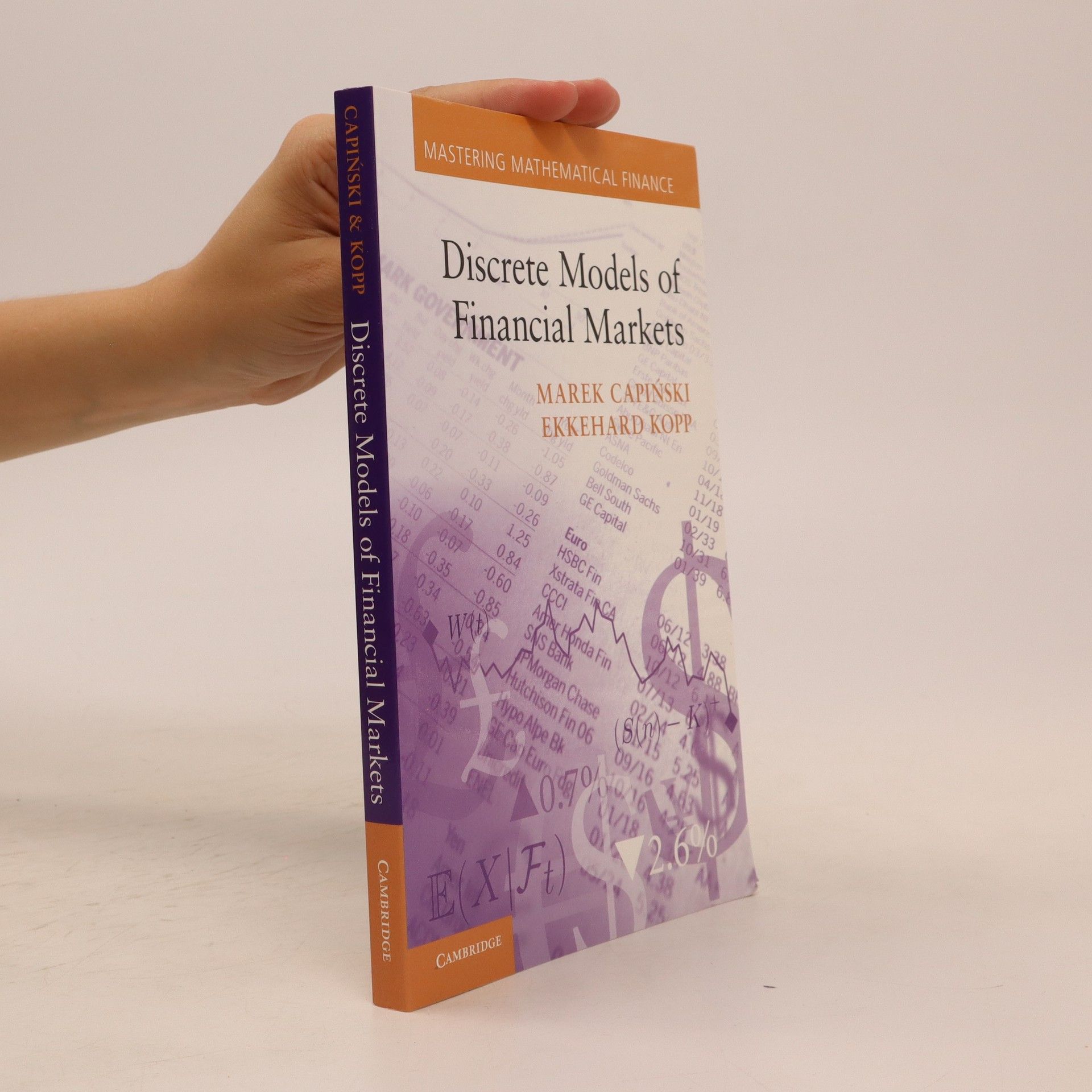Students and instructors alike will benefit from this rigorous, unfussy text. It keeps a clear focus on the basic probabilistic concepts required for an understanding of financial market models, including independence, conditioning and limit theorems for random sequences. Motivational examples, careful proofs and plenty of exercises facilitate self-study.
Ovládnutí matematických financí Série
Tato série knih pokrývá klíčové koncepty a volitelné předměty nabízené v magisterských programech matematických a finančních oborů. Každá kniha je navržena jako samostatný celek, ale zároveň jsou úzce propojeny pro efektivní společné studium. Poskytuje hluboký vhled do kvantitativních metod nezbytných pro moderní finanční trhy. Je ideální pro studenty i profesionály, kteří chtějí prohloubit své znalosti v této oblasti.




Doporučené pořadí čtení
This brief but full introduction to basic stochastic processes contains key results that have become essential for finance practitioners and provides a solid grounding for understanding the Black-Scholes option pricing model. Students, practitioners and researchers will benefit from the authors' rigorous, but unfussy, approach to technical issues.
This book explains in simple settings the fundamental ideas of financial market modelling and derivative pricing, using the no-arbitrage principle. Relatively elementary mathematics leads to powerful notions and techniques - such as viability, completeness, self-financing and replicating strategies, arbitrage and equivalent martingale measures - which are directly applicable in practice. The general methods are applied in detail to pricing and hedging European and American options within the Cox-Ross-Rubinstein (CRR) binomial tree model. A simple approach to discrete interest rate models is included, which, though elementary, has some novel features. All proofs are written in a user-friendly manner, with each step carefully explained and following a natural flow of thought. In this way the student learns how to tackle new problems.
Designed for Master's students and final-year undergraduates, this book strikes the right balance between mathematical rigour and practical application. Carefully chosen examples and exercises help students acquire the necessary skills to deal with interest rate modelling in a real-world setting.